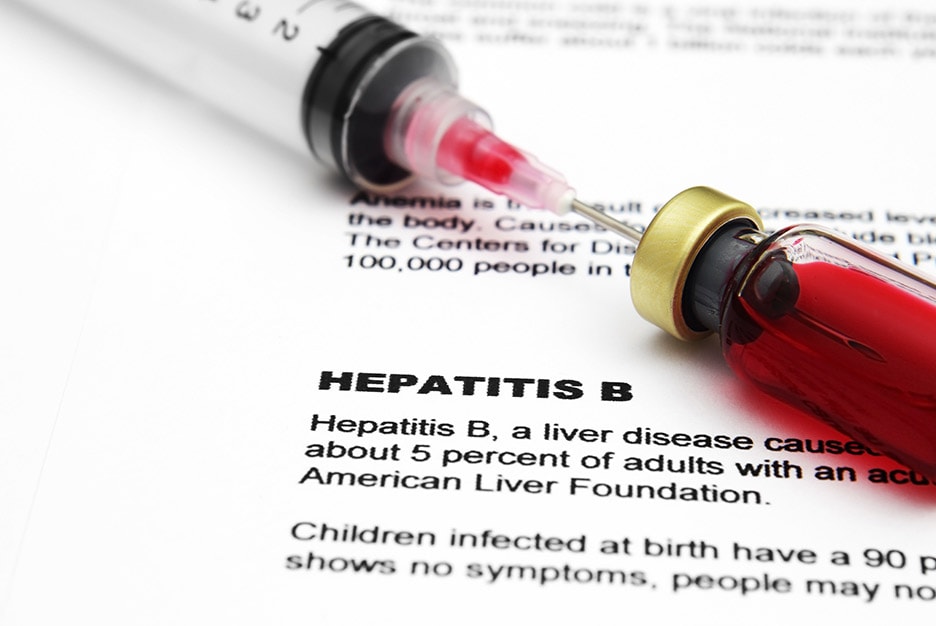Comprehensive Guide to Recognizing the Signs and Symptoms of Hepatitis B
Hepatitis B often goes unnoticed due to its silent nature, but recognizing key symptoms is essential. This comprehensive guide details the early signs, severity levels, and importance of prompt diagnosis and treatment to prevent long-term liver damage, including cirrhosis and cancer. Understanding hepatitis B's diverse symptoms, from flu-like signs to severe indicators like jaundice, helps individuals seek early medical intervention. Routine screening, especially for high-risk groups, remains critical in controlling the spread and impact of this common yet serious liver infection.

Understanding Hepatitis B Symptoms and When to Seek Medical Attention
Hepatitis B is often termed a "silent infection" because many individuals remain unaware of their infection due to the absence of noticeable symptoms. Recognizing early signs is critical for prompt detection, treatment, and preventing serious liver complications.
Surprisingly, over 69% of people infected with hepatitis B do not display any symptoms at all, which can lead to unknowingly transmitting the virus to others. About 30% experience symptoms that resemble common illnesses like the flu, which can easily be misinterpreted. Only a small percentage, approximately 1%, develop fulminant hepatitis—a severe and life-threatening condition characterized by rapid liver failure requiring immediate medical intervention.
Hepatitis B infection often remains asymptomatic, meaning many carriers might not realize they are infected. This silent nature increases the risk of unknowingly spreading the virus through contact with infected blood or bodily fluids. The disease is caused by the Hepatitis B Virus (HBV), which can manifest in two primary stages: acute and chronic. The acute stage occurs soon after initial infection, with symptoms developing within 1 to 4 months. Typically, these acute symptoms resolve within a few weeks to months.
In contrast, chronic hepatitis B persists beyond six months, often without noticeable symptoms in the early stages. Over time, chronic infection can lead to severe liver damage, especially in vulnerable groups such as children, who are more prone to long-term complications. Recognizing the symptoms early is vital to prevent progression to more serious conditions like cirrhosis, liver failure, and liver cancer, which are significant causes of morbidity and mortality globally.
Understanding the symptoms associated with hepatitis B is crucial because this infection is one of the most common and serious liver diseases worldwide. In countries like the United States, hepatitis B mainly affects adults aged 20 to 50, though it can occur at any age. Since the liver plays a fundamental role in detoxification, energy storage, and immune function, damage caused by chronic hepatitis B can have widespread health consequences.
Approximately 15-25% of individuals with hepatitis B die prematurely from liver-related illnesses if left untreated. Therefore, early diagnosis and intervention are key components of managing and controlling hepatitis B. Routine screening, especially for those at higher risk, helps detect infections early and allows timely treatment to prevent severe liver damage.
Common Signs and Symptoms of Hepatitis B
Most individuals infected with hepatitis B show no symptoms at all, which underscores the importance of screening in at-risk populations. For those who do experience symptoms, they often resemble those of other viral illnesses and may include:
Loss of appetite
Persistent fatigue and general weakness
Nausea and episodes of vomiting
Pain or discomfort in the upper right abdomen (liver area)
Itching all over the body, often persistent
Dark-colored urine, similar to cola or tea
Pale or clay-colored stools indicating impaired liver function
Jaundice, which presents as yellowing of the skin and whites of the eyes
Symptoms of hepatitis A and C can mimic those of hepatitis B, making diagnosis based solely on symptoms challenging. Therefore, laboratory testing is essential for accurate diagnosis.
In severe cases, symptoms can escalate to fulminant hepatitis—a critical condition marked by extreme fatigue, sudden confusion, hallucinations, abdominal swelling, and persistent jaundice. These signs demand immediate medical attention to prevent fatalities.
Given that early symptoms are often mild or absent, individuals with potential exposure—such as those with blood transfusions, unprotected sex, or IV drug use—should undergo screening regardless of symptomatic presentation. Recognizing warning indicators such as fluid retention, abnormal bleeding, or blood in vomit is vital, as they suggest advanced liver damage and necessitate urgent care.
Consulting a healthcare professional promptly upon suspecting hepatitis B infection can be life-saving. Early detection via blood tests and assessment can allow for effective treatment strategies to manage the disease and prevent severe complications.





